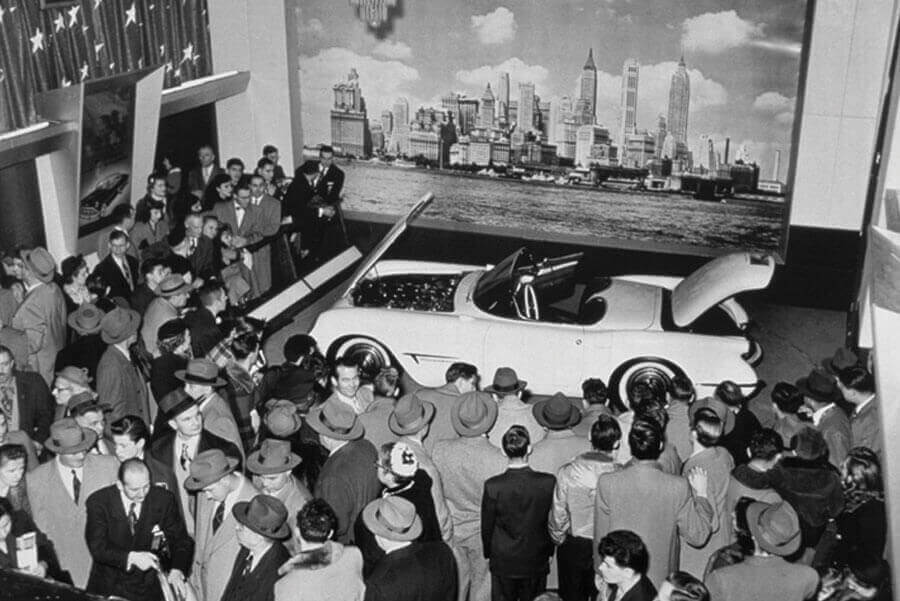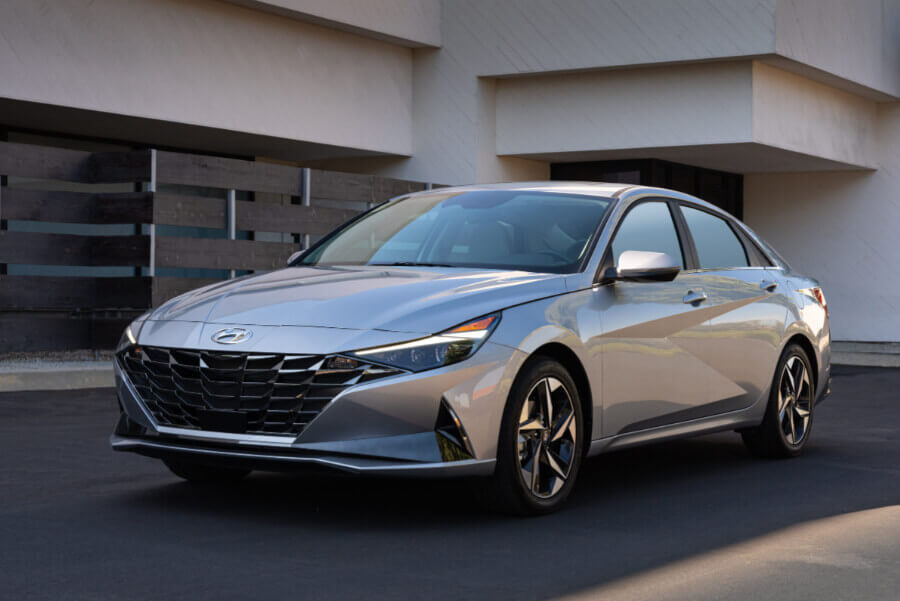Recently, my son was lucky enough to go on vacation for a few weeks to Athens, the Greek capital and, of course, one of the most important places in antiquity. Yes, I’m a little jealous, but who would have thought that he would have come back with an idea for a topic for this blog? I’ll let him explain it to you, but it seems that the ancient Greeks were more ingenious than we think!
Indeed, we rarely think about ancient Greece when it comes to driving and yet the technologies developed at that time still have an impact on the way we move. This is what I had the chance to see during my visit to the Kotsanas museum of technology in the heart of the Kolonaki district, in Athens. Even if the Greeks didn’t invent modern tires, you will surely be surprised to learn about their impact on the design of modern cars.
Antique odometer and engine!
Although they never used these technologies to get around, the ancients obviously had many ideas for inventions! As early as the third century B.C., more than 2200 years ago, they already knew the secrets of hydraulic systems. We can mention in particular the pump of Ktesibios which could project water thanks to pistons and cylinders. Other inventions used belts and pulleys to automatically move a cart on axles. Remind you of some of the elements of today’s engines?
A steam engine was even invented in the first century by a man named Heron, but it was more of a curiosity than a means of transportation. In relation to wheels, which I imagine will be of more interest to the average reader of this blog, you will be surprised to learn that some of the technologies are still in use today. This is the case, for example, of the Archimedean odometer which is able to display the distance traveled by calculating it thanks to gears. The mathematical calculation is possible because we know the circumference of the wheel exactly as your current car does.
And the tires?
Fortunately, even if its driving depends on many concepts discovered in ancient Greece, your vehicle does not use the same tires! It is important to understand that at that time, they were wooden wheels, often solid and fixed with metal. Their only objective was to resist blows without worrying about air friction or user comfort. This is a far cry from tubes made of adherent materials as is the case with modern tires.
I would be curious to know how a horse-drawn cart equipped with Michelin Pilot Sport S or Continental Procontact would have performed! One thing is certain: we are lucky to have the safety and confidence they bring to the road. And what about the ease with which you can buy them online! I really wouldn’t want to be in the shoes of an antique chariot driver…






